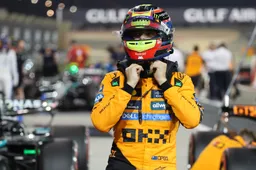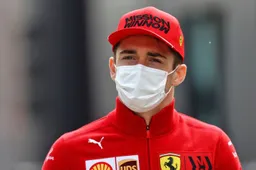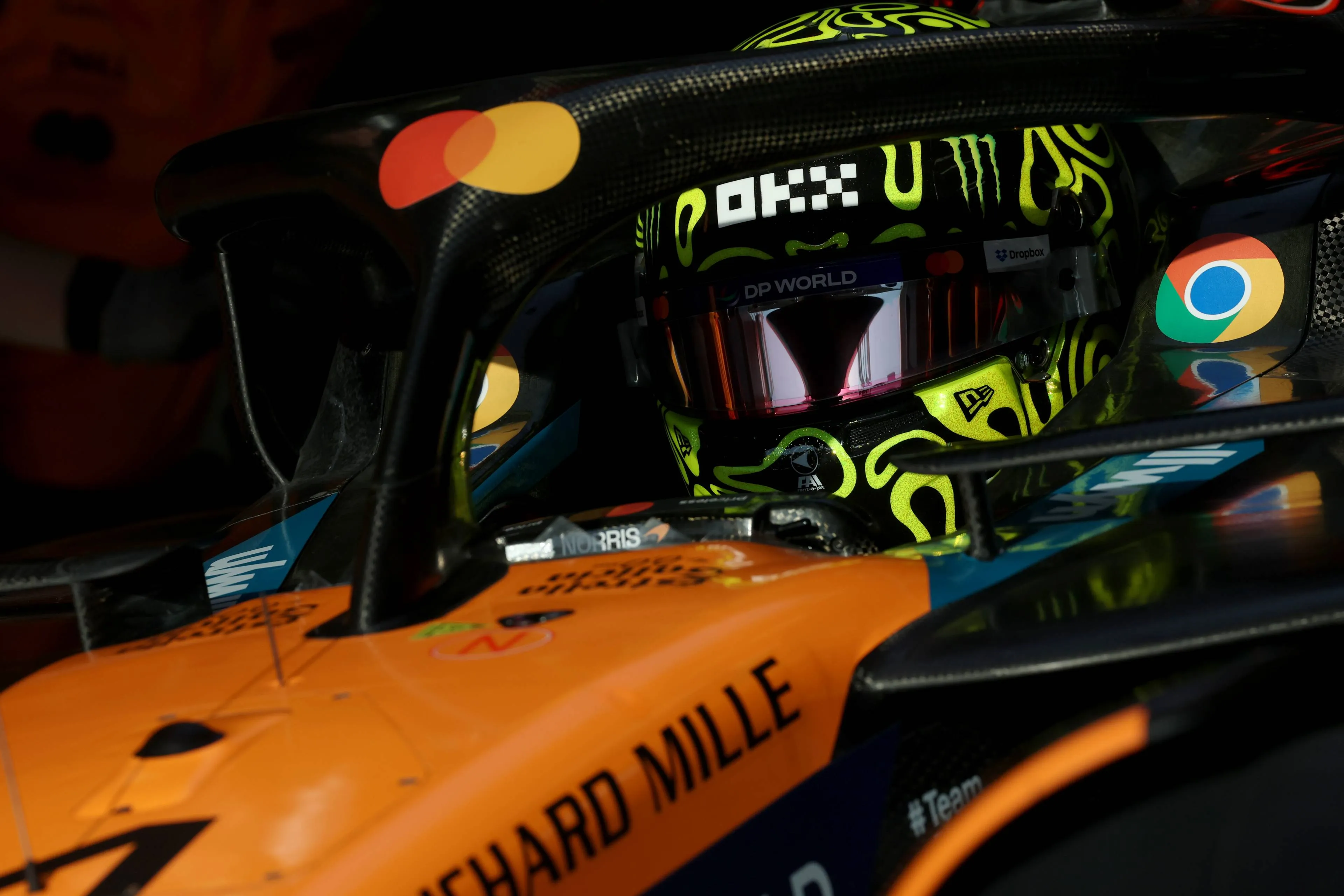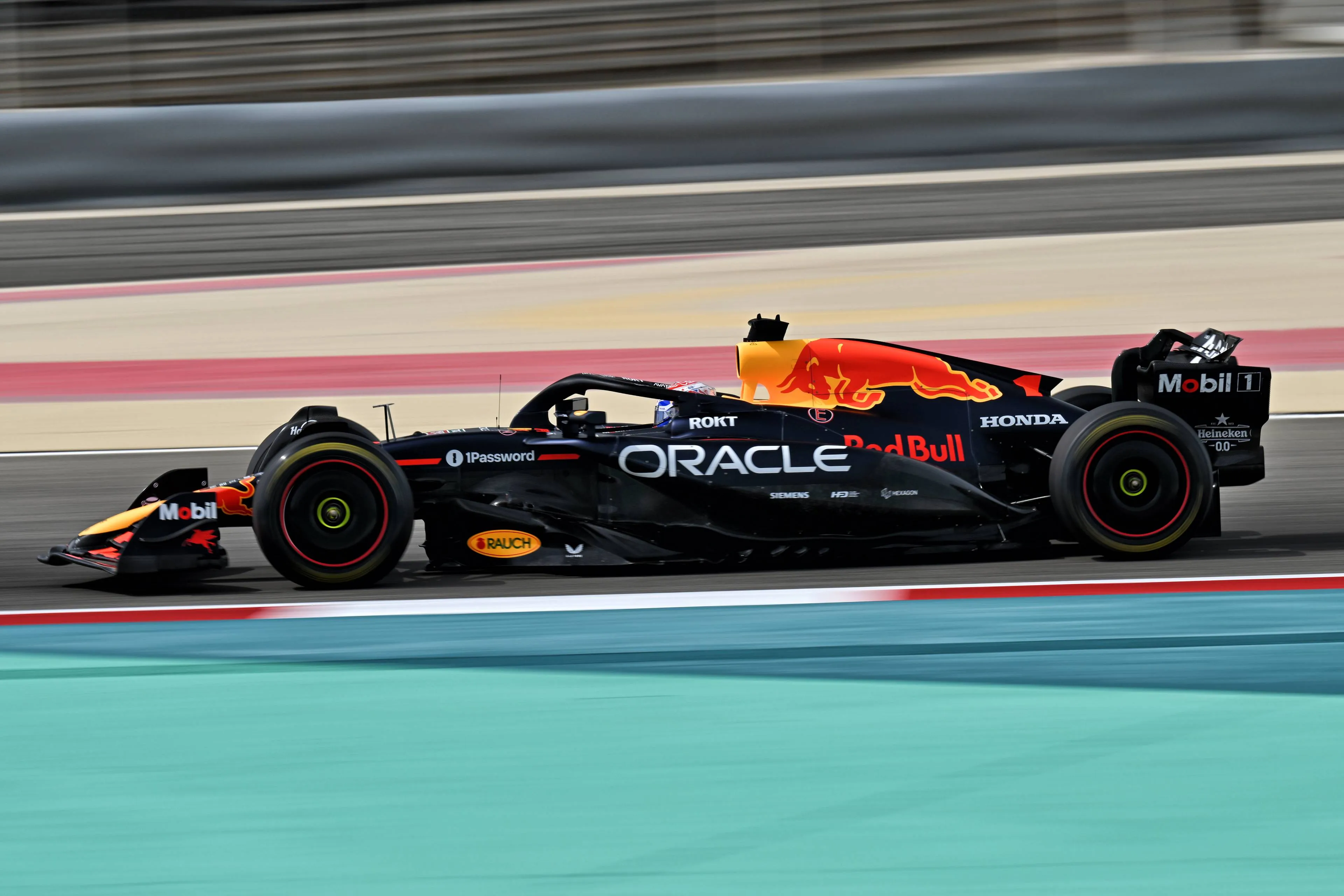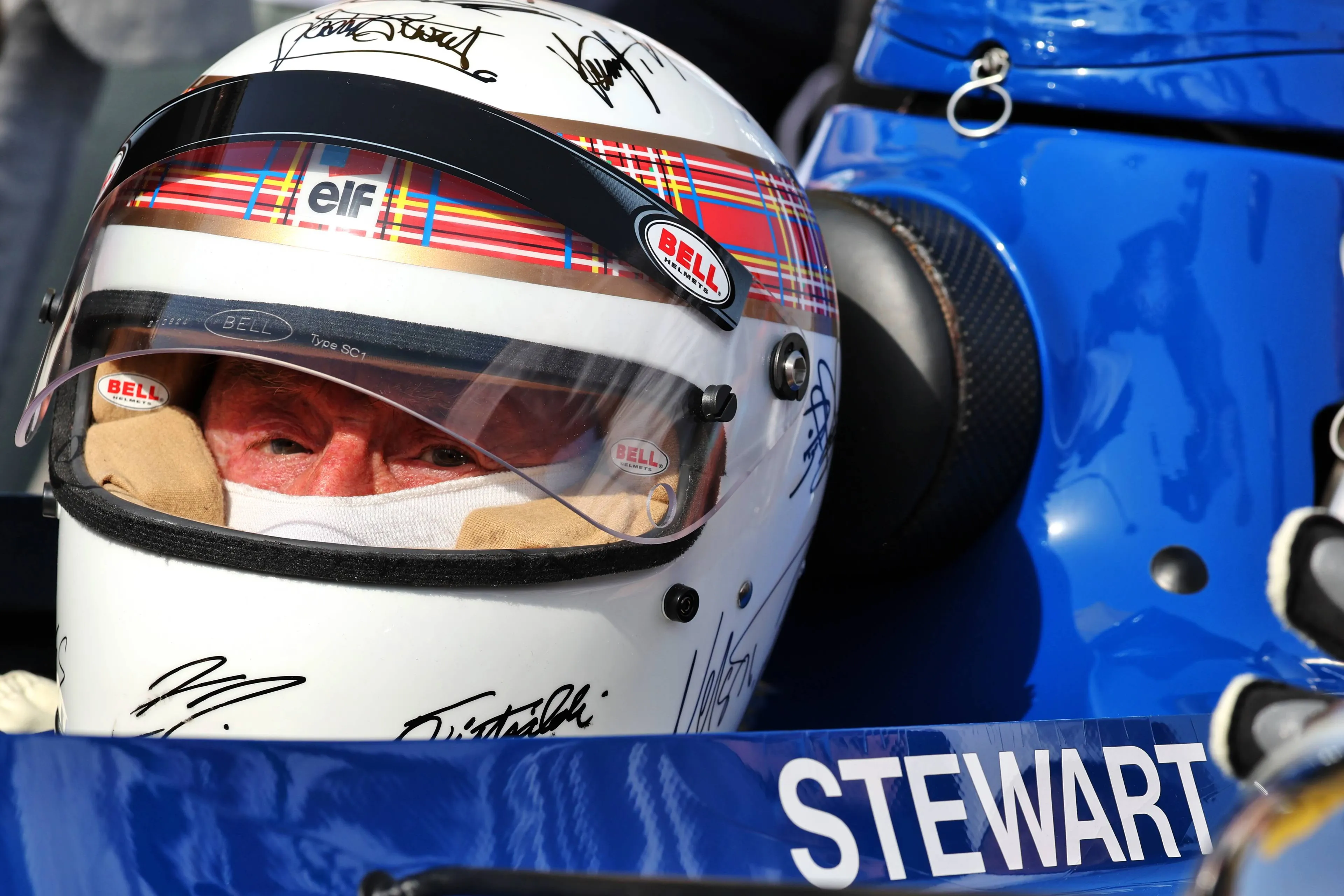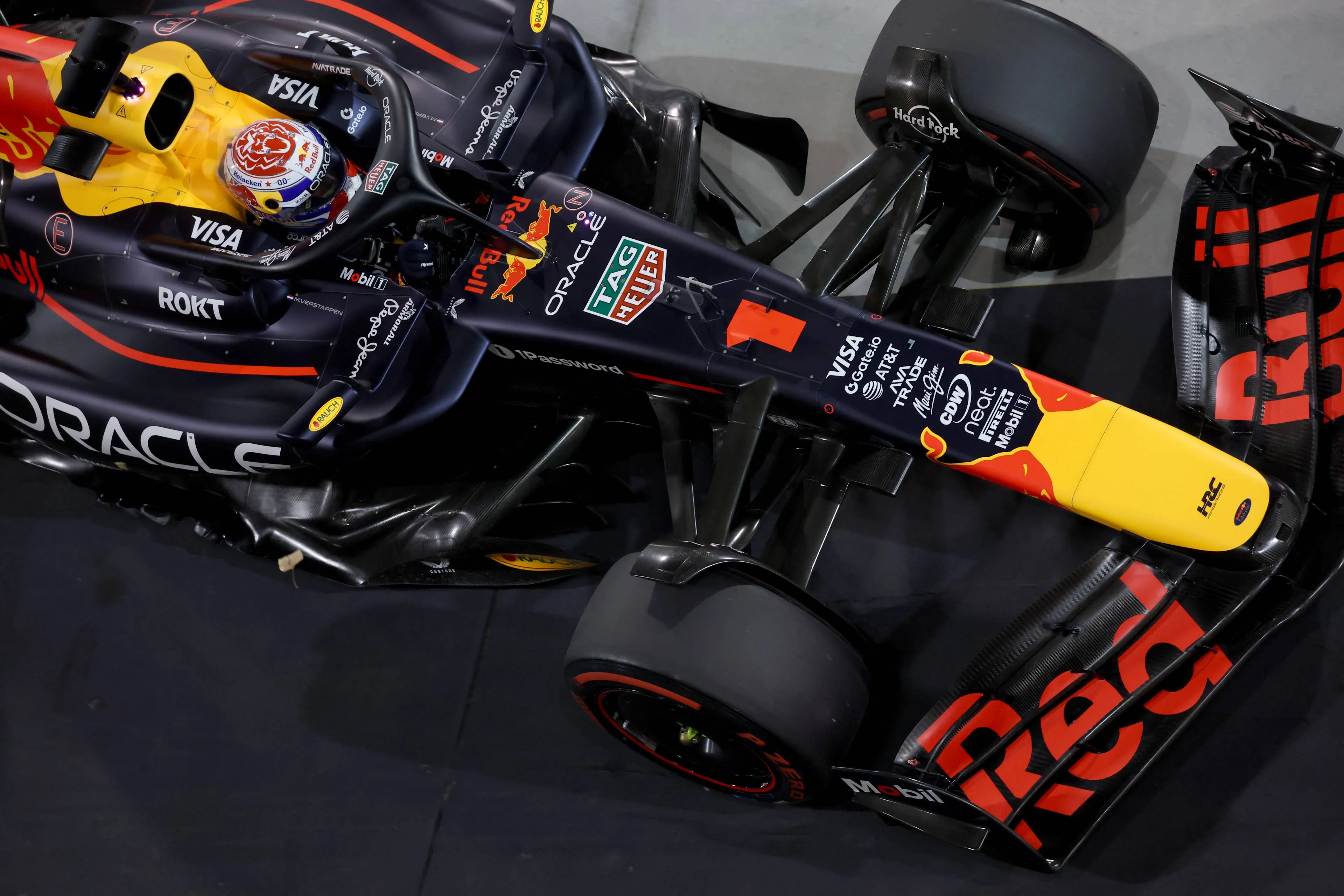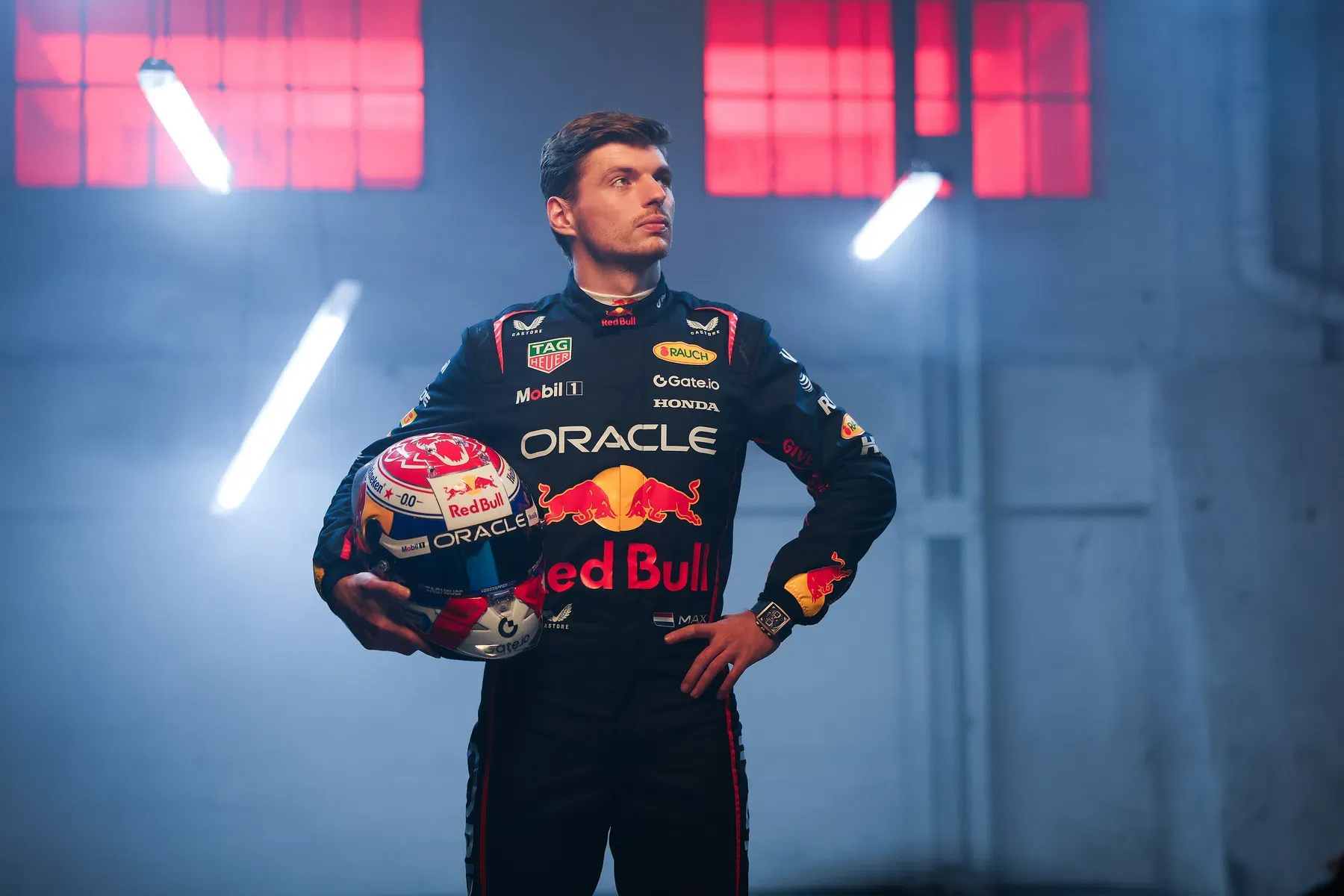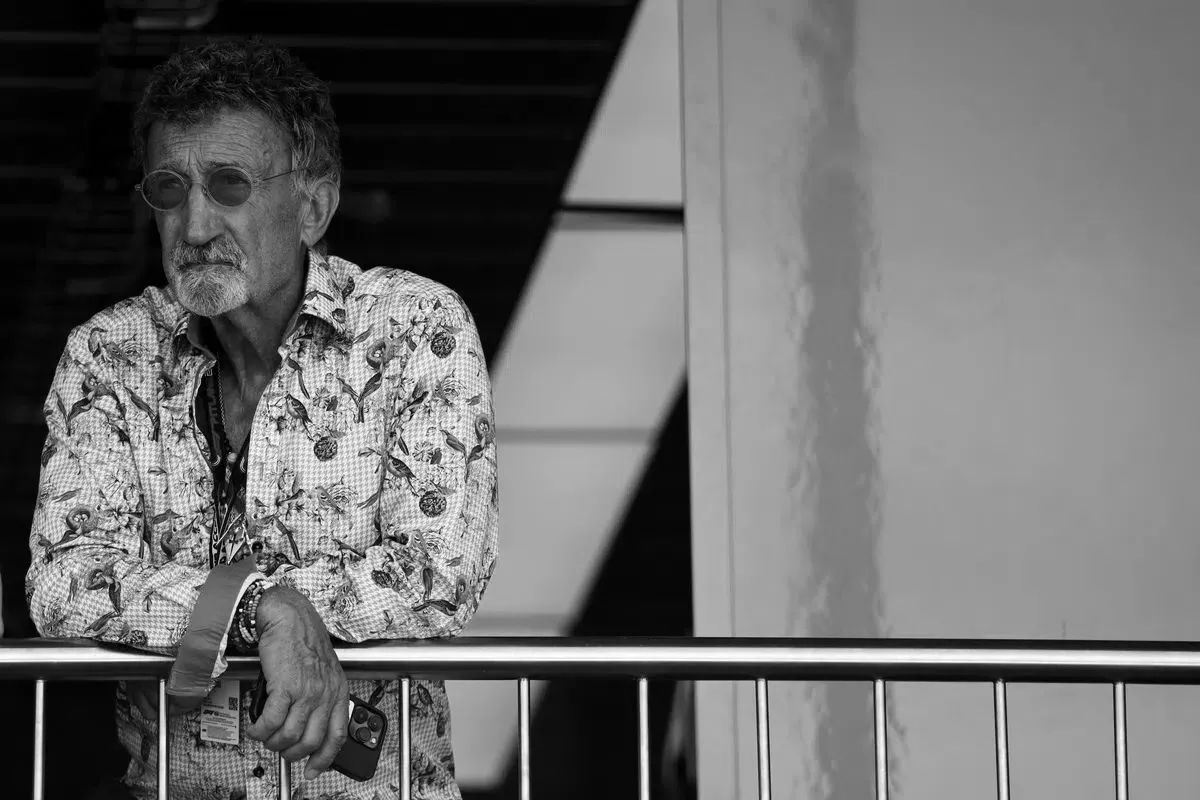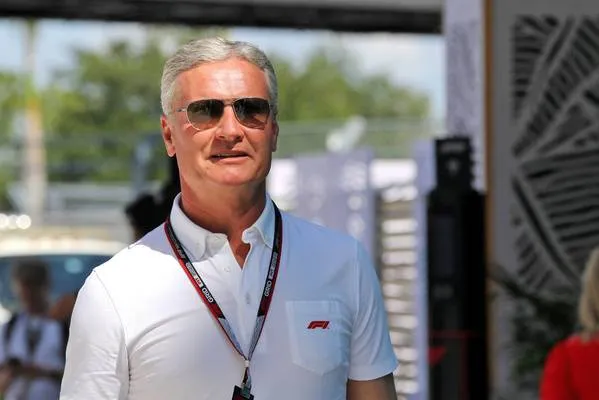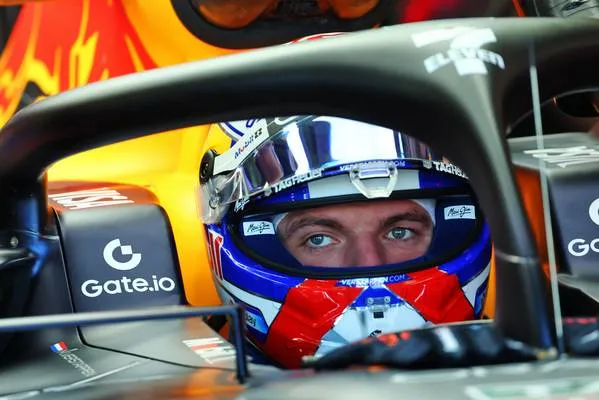The ‘Drag Reduction System’, as it’s called, was first introduced into Formula One 10 years ago in 2011, and has been a constant part of the sport ever since. It also doesn’t look like it’s going anywhere soon.
Now, DRS is an exception to the normal rule that bans any moving parts with the primary purpose of affecting the aerodynamics of an F1 car. DRS is effectively an adjustable rear wing of the car that helps improve speed, and lowers drag when opened. The rear wing of each F1 car can be opened which allows drivers to reach greater speeds due to a reduced amount of drag acting on their car. Having DRS open gives drivers between 10 and 12 kp/h pace advantage by the end of each DRS zone.
A light on their dash and a beep on their radio alerts the drivers when DRS is enabled and the system is deactivated when the driver releases the DRS button or uses their brakes.
Circuit’s tend to have two DRS activation zones, which are the only parts of the track where DRS is available. These are almost solely on long straights. However, DRS is only available to a driver if they are within one second of the car in front of them at the detection zone. This helps overtaking as the car behind is given more speed, and hence can close the gap to whoever is in front of them on the track. If a driver is more than a second behind the car in front, they simply won’t have DRS available to them.
DRS also can’t be used for the first two laps of a Grand Prix, or for the first two laps after a safety car during the race. If it’s raining, DRS is more often than not deactivated in order to protect the safety of the drivers.
Say Lando Norris is chasing teammate Daniel Ricciardo and is within one second of the Aussie in a DRS zone, the Brit will have DRS to help him try and make an overtake. He’ll have more speed available, and hence it makes overtaking a lot easier. However, if Ricciardo himself is within one second of the driver in front of him, say Lewis Hamilton, then Ricciardo will be able to use DRS to fend off Norris’ attack, and gain on Hamilton.
If multiple cars are within one second of each other, and all have DRS available, this is known as a DRS train. If you’re caught in a DRS train it can make overtaking extremely difficult as the advantage of DRS is neutralised.
The effectiveness of DRS also varies from track to track depending on how long the straights are and how easy overtaking going into the corner after the straight is.
POSITIVES OF DRS
It does make overtaking easier and more frequent. With the width and design of current F1 cars, overtaking without DRS is actually quite hard. It’s very hard to follow when in the dirty air of a car in front, and that ensures trying to close a gap and overtake without the use of DRS becomes difficult.
In that regard, DRS has been a good addition to the sport.
NEGATIVES OF DRS
It simply gives the car trying to overtake a greater advantage than is fair. The driver in front is often powerless to defend against it, especially if they are in a worse car. At the 2021 Italian Grand Prix, Valtteri Bottas started at the back of the grid due to an engine penalty, but still managed to finish on the podium. Of course, his driving and the speed of his Mercedes played a large part in that, but the DRS available on the long start/finish straight ensured Bottas could complete a number of his overtakes. Without DRS, he would’ve been more severely punished for putting a new engine into his car.
As mentioned earlier, overtaking without DRS is currently very difficult. However, with the new regulations and design for the 2022 car, following a car should be far easier, which means DRS is needed much less. Overtaking should be possible without DRS, meaning if a driver is given DRS, the defending car will have even less chance of defending than before.
Juan Pablo Montoya has called DRS “like giving Picasso Photoshop” while Sebastian Vettel said DRS is “great when you were behind because you just sailed past but that's not the idea of an overtake."
In F1’s current climate, DRS is very much needed to ensure overtaking takes place, but with the 2022 regulations around the corner, DRS could be a thing of the past if overtaking proves too easy with the system, and the perfect level without it.
Popular on GPBlog
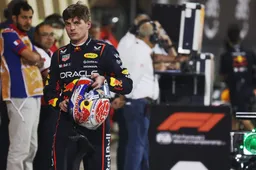
Verstappen proves his point in Bahrain after initially everyone disbelieved him
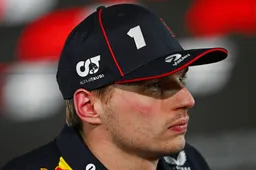
Verstappen harsh after dramatic qualification: 'I'm not fighting for the world title'
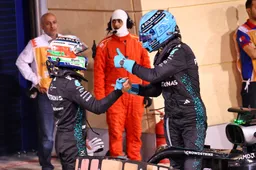
Russell and Antonelli get grid penalties for Q2 incident by the stewards!
